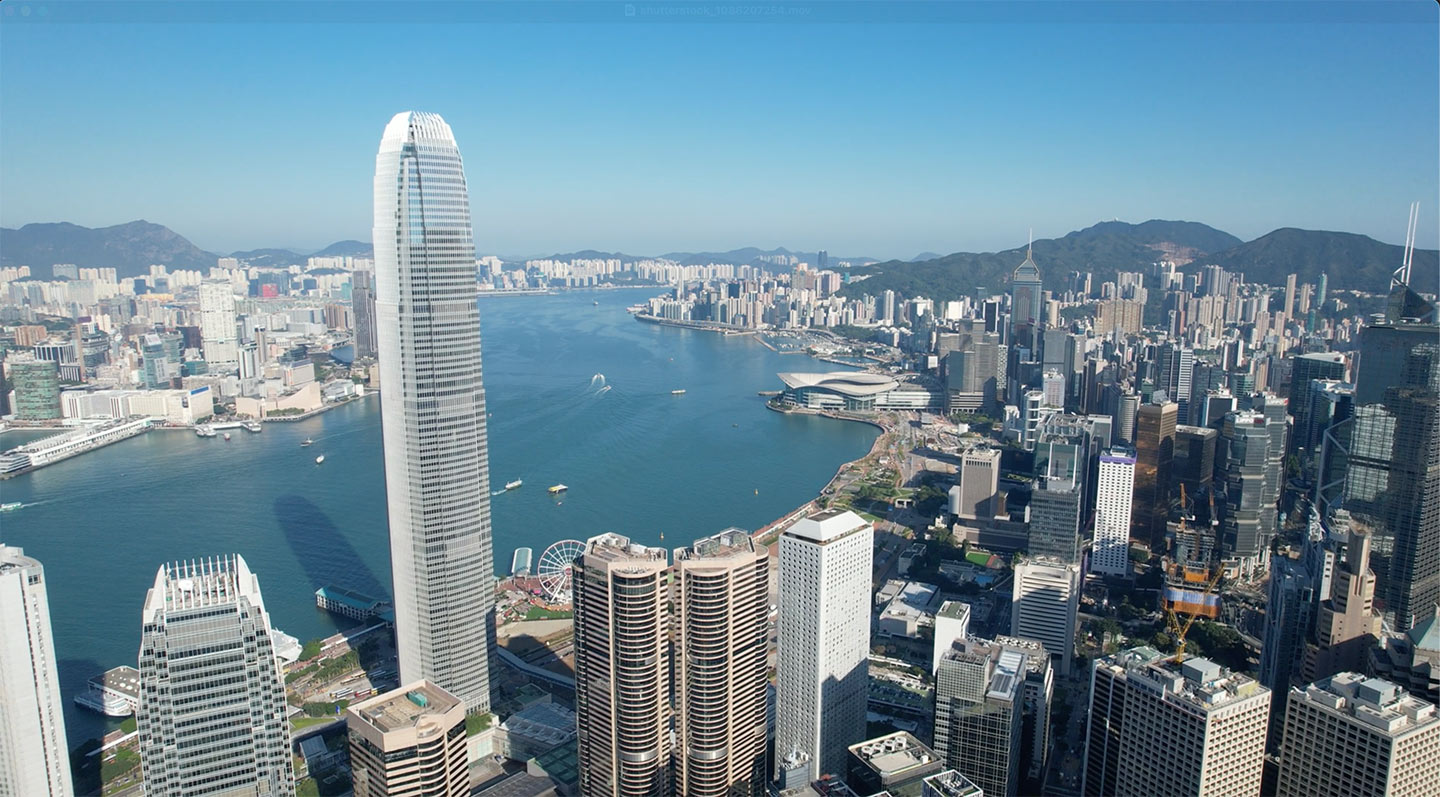Discover the key trends shaping the future of tech in Asia Pacific and the markets that are gaining the most attention. J.P. Morgan leaders discuss the tech cycle outlook, highlighting how AI is reshaping the investment landscape and driving a resurgence in financing activity.
An APAC Tech Sector Q&A
Innovation, sentiment, and signals:
Asia Pacific’s tech sector faces shifting investor sentiment, rapid innovation, and new challenges as we look ahead to 2026. Alex Yao and Gokul Hariharan, co-heads of APAC TMT Research, share their views on what’s driving the industry, and which indicators investors should watch to understand the sector’s health and future direction.
-
What is your view on investor sentiment in the tech sector?
Investor interest in Asia’s tech sector is strongest for companies enabling artificial intelligence, especially those making advanced chips like GPUs and AI-specific processors. Over the past couple of years, investors have been active in semiconductor and hardware tech, and since early 2025, their focus has expanded to China’s generative AI (GenAI) ecosystem.
While consumer tech companies have lagged due to earlier growth from China’s subsidies and pre-tariff buying, the iPhone supply chain stands out with stronger-than-expected demand. Industrial and automotive tech firms are stabilizing after a long period of slow sales, but investors remain cautious as the recovery is expected to be gradual.
Concerns about an “AI bubble” exist, but we don’t see excessive expansion—companies are building capacity carefully, and supply remains tight due to disciplined growth over recent years.
-
What are the key drivers and headwinds shaping the sector right now?
The sector’s main drivers are strong demand for AI technology and disciplined expansion by tech companies, which has led to price increases in areas like memory, storage, and semiconductor packaging.
Major US tech firms and AI labs are planning significant investments, and sovereign demand for AI is also rising. Competition in mature sectors such as China e-commerce and the push for monetization and investment in GenAI are also shaping the landscape. Semiconductor companies have been cautious with capital spending, but we expect this to accelerate in 2026, benefiting equipment suppliers globally.
On the headwind side, trade policies and US-China relations remain major uncertainties. While recent tariffs haven’t directly impacted the tech supply chain, they have made companies more cautious about investing, especially in industrial and automotive tech. Consumer demand is also mixed, adding to the sector’s challenges.
-
What indicators should investors watch to gauge the health and direction of the APAC tech sector?
Investors should closely watch company earnings forecasts, as ongoing upward revisions signal continued growth in the sector. AI demand and monetization are critical themes attracting attention from both investors and corporates.
Another key indicator is capital spending by major US cloud service providers, which has been surprisingly strong and is expected to grow another 30% in 2026. This continued investment supports the sector’s momentum.
Additionally, the pace at which tech companies expand their production capacity is important; so far, they’ve been prudent, which helps extend the current growth cycle.
Building new semiconductor capacity typically takes 1.5 to 2 years, so careful expansion means the sector’s uptrend could last longer. These factors together provide a clear picture of the sector’s health and future direction.
Videos




This communication is provided for information purposes only. Please read J.P. Morgan research reports related to its contents for more information, including important disclosures. JPMorgan Chase & Co. or its affiliates and/or subsidiaries (collectively, J.P. Morgan) normally make a market and trade as principal in securities, other financial products and other asset classes that may be discussed in this communication.This communication has been prepared based upon information, including market prices, data and other information, from sources believed to be reliable, but J.P. Morgan does not warrant its completeness or accuracy except with respect to any disclosures relative to J.P. Morgan and/or its affiliates and an analyst's involvement with any company (or security, other financial product or other asset class) that may be the subject of this communication. Any opinions and estimates constitute our judgment as of the date of this material and are subject to change without notice. Past performance is not indicative of future results. This communication is not intended as an offer or solicitation for the purchase or sale of any financial instrument. J.P. Morgan Research does not provide individually tailored investment advice. Any opinions and recommendations herein do not take into account individual client circumstances, objectives, or needs and are not intended as recommendations of particular securities, financial instruments or strategies to particular clients. You must make your own independent decisions regarding any securities, financial instruments or strategies mentioned or related to the information herein. Periodic updates may be provided on companies, issuers or industries based on specific developments or announcements, market conditions or any other publicly available information. However, J.P. Morgan may be restricted from updating information contained in this communication for regulatory or other reasons. Clients should contact analysts and execute transactions through a J.P. Morgan subsidiary or affiliate in their home jurisdiction unless governing law permits otherwise.This communication may not be redistributed or retransmitted, in whole or in part, or in any form or manner, without the express written consent of J.P. Morgan. Any unauthorized use or disclosure is prohibited. Receipt and review of this information constitutes your agreement


